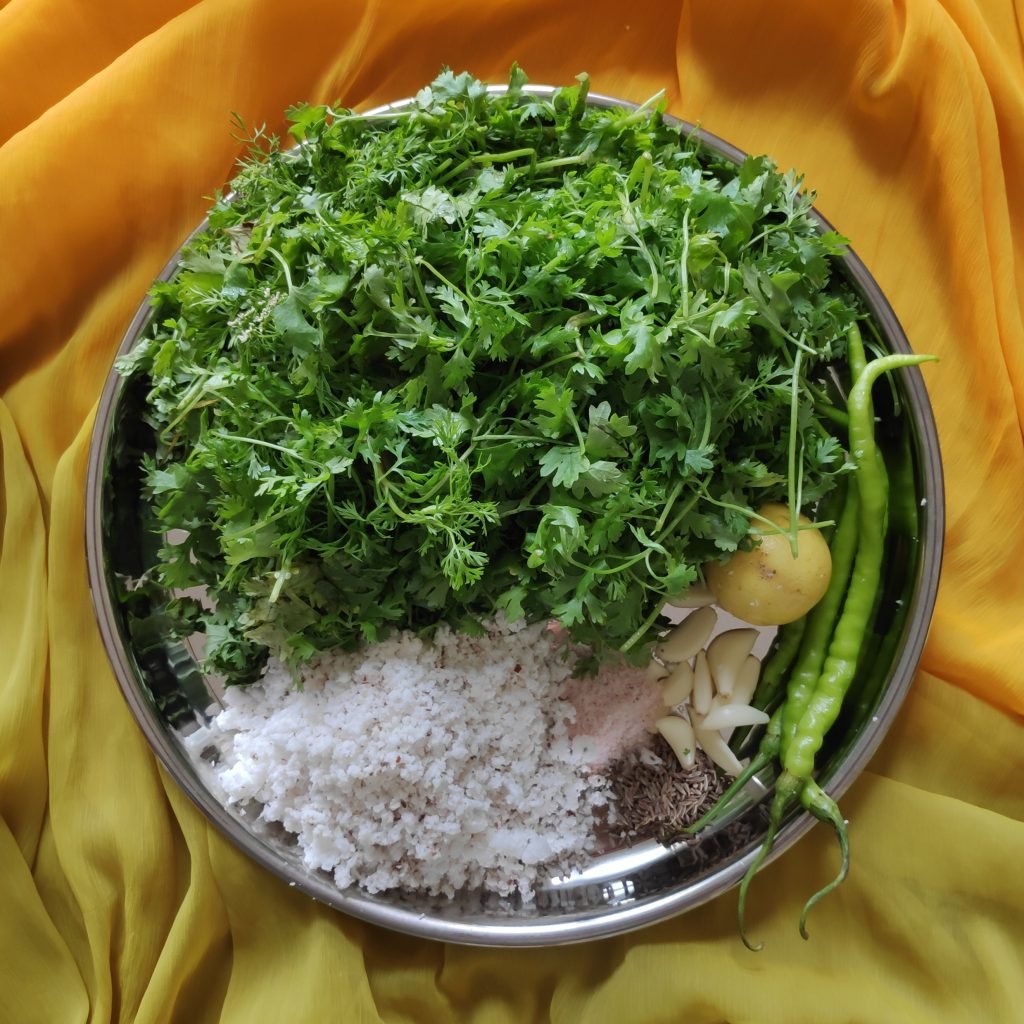Traditionally, people chewed on pudina leaves to treat digestive disorders like indigestion, stomach pain, gas, bloating and irregular bowel habits as well as to improve the sense of breathing during colds. It may have antibacterial properties and so has also been used to treat cracks and wounds in the skin. Apart from this, mint helps mask bad breath and kill bacteria in the mouth. Since it is a great source of antioxidants, it also helps to remove toxins from the body and reduce damage caused by free radicals so is a great addition to salads, smoothies and of course for use in traditional chutneys. Most importantly, mint leaves impart a cooling sensation and are therefore a great addition to herbal teas.
hough peanuts are a legume and not a nut, they have many of the same health benefits as the more expensive nuts. They are packed with healthy fats, high-quality protein, and are fairly high in calories and fiber making them a great go-to snack that can keep you satiated for a long time. They also contain plenty of potassium, phosphorous, magnesium, and B vitamins. Peanut skins also contain antioxidants. Peanuts are best eaten soaked (overnight or for at least 6 hours) and not roasted and can be added to salads, chutneys and curries. The light skinned peanuts are usually sweeter and better in taste.
Chana dal is eaten in both the split and ground form all over India and is considered a great source for muscular health and better immunity as it has 13 grams of protein in every 100 grams. The folate in chana dal may help prevent diseases like stroke, dementia, and depression and the calcium in it can help in preventing osteoporosis and improve bone density. Like urad dal, chana dal has a good amount of fibre and a low glycemic index making it a good option for maintaining sugar levels and increasing the feeling of satiety faster and the healthy fats have antioxidant properties that may help reduce inflammation. Most importantly, pulses help restore soil fertility by fixing nitrogen in it.




